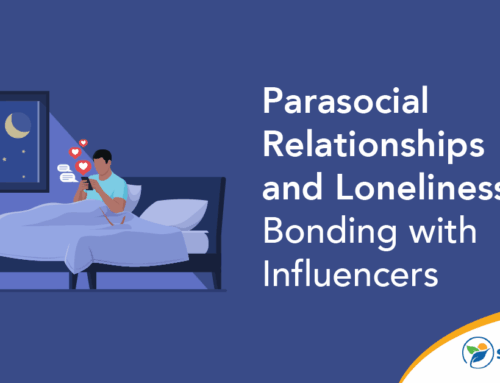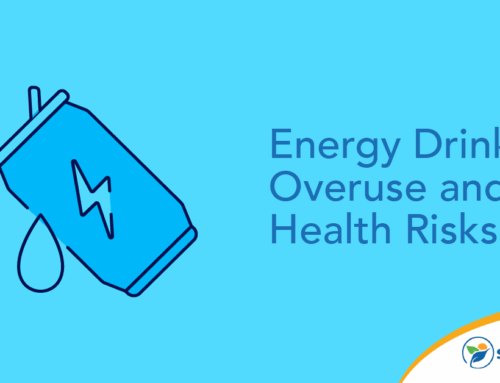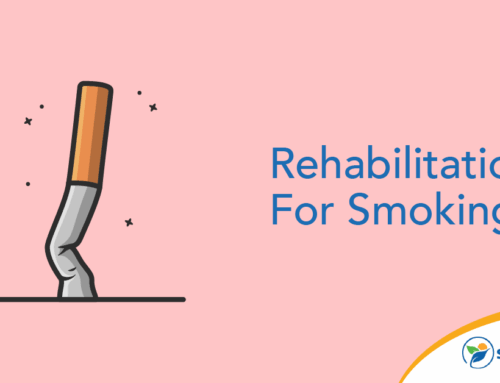Benzodiazepines, also known as benzos, are used to treat anxiety, seizures and insomnia. Opioids are pain medications that can also produce a feeling of euphoria, which means some people abuse them to get high. Many people take both benzos and opioids, either under the supervision of a medical professional to treat a condition or to self-medicate.
Mixing benzodiazepines and opioids can be very dangerous. In 2019, 16% of opioid overdose deaths also involved benzos. Even though these two classes of drugs have very different chemistry, their effects on the body can combine to create very high-risk situations.
The Effects of Benzos
Benzodiazepines enhance the effect of the neurotransmitter GABA in the brain. This serves to create a feeling of calm, which can help prevent panic attacks or induce sleep. However, taking too high a dose of benzos can lead to side effects such as confusion, dizziness and even delirium.
Benzodiazepines can be addictive. Over time, people can experience withdrawal effects when they don’t take their benzo medication regularly. Some of the most common benzo withdrawal effects that people experience are:
- Seizures
- Tremors
- Fatigue
- Muscle pain
- Headaches
- Cramps
- Sleep problems
- Anxiety
- Panic attacks
- Confusion
These withdrawal effects cause many people to continue taking benzos for longer than their doctor recommends. They may visit multiple physicians in order to get extra prescriptions or purchase drugs without a prescription.
Many people don’t realize that the medicines they’re taking for anxiety or insomnia are benzodiazepines. Therefore, there’s a high risk of accidentally combining these drugs with opioids. Some of the most common brand names for benzos include:
- Xanax
- Dormagane
- Mogadon
- Valium
The Effects of Opiates
Opioids are pain relief medications. Natural opioids, which are derived from the poppy plant, are called opiates. There are also many synthetic opioids that are commonly used to treat severe or chronic pain. Both natural and synthetic opioids bind to receptors in the brain to block pain signals.
Opioids have a sedative effect on the body, as they can make you feel sleepy. In high doses, they also slow the heart rate and make breathing shallower, which can be dangerous or even fatal.
Some commonly prescribed opioids include:
- Oxycodone (OxyContin)
- Vicodin
- Morphine
- Percocet
- Fentanyl
- Oxymorphone
Another well-known opiate is heroin, which is a scheduled substance that’s illegal to use. Some people end up turning to heroin after becoming addicted to prescription opioids. Both prescribed and non-prescribed opioids can be equally dangerous if they’re misused.
How Benzos and Opioids Interact
Both benzos and opioids have a sedative effect on the body. They can slow the heart rate and breathing, which can be very dangerous if you take too much of either or both in combination. It’s possible to fall into a coma or even die as a result of taking opioids and benzos together. Even doses you’ve previously used safely can be dangerous when combined with a medicine from the other class, which means even long-term users are at risk.
In addition to the risk of respiratory failure, the combined side effects of opioids and benzos can make you more likely to have a car accident or fall. Both medications cause drowsiness as a major side effect. In high doses, you could experience confusion or delirium, which can cause you to put yourself in dangerous situations.
Both opioids and benzos can cause behavior change as a side effect. Therefore, even a person who previously used a medication with no problems can become dependent with prolonged use or when they combine medicines.
The Importance of Following Prescription Guidance
Accidental mixing of opioids and benzos is easy to do, as many people don’t realize they’re taking medicines in both classes. It’s very important to always tell your doctor all the medications you’re taking so they can avoid prescribing anything that will create a dangerous combination.
Following prescription guidance is also vital. Benzos and opioids can be safely taken together if the dosages are strictly controlled. Never take more than the prescribed dose or shorten the time periods between doses. If your medications aren’t fully controlling your pain, anxiety or other symptoms, please speak to your physician for advice.
Purposefully Mixing Benzos and Opioids? Why You Should Seek Help
As both opioids and benzos are addictive, many people develop a tolerance to their desired effects. For this reason, they might start to combine the drugs in order to get the effects they need. They might also take much larger dosages than what is generally considered safe.
If you’re deliberately taking both opioids and benzos without full medical supervision, it’s very important to seek help. In your situation, it’s very easy to accidentally overdose on these drugs, which can be fatal. Using these medicines for a long time or at high dosages can also lead to addiction.
Treatment programs for opioid and benzo addiction provide tailored support to help you reduce or stop your usage of these drugs. Treatment might include using replacement medicines to help you break your dependence on benzos or opioids, as well as therapy and practical support.
The support of family or friends is also valuable for many people who are trying to stop using opioids and benzos. Your first step to seeking help might be to open up to a trusted friend or family member.
Where to Seek Help for Addiction
Both benzos and opioids are addictive, but with the right support, it’s possible to stop abusing these drugs. If you depend on benzos or opioids or mix them to self-medicate, please reach out today to Sunlight Recovery. We can help you break the addiction and use medications safely.







